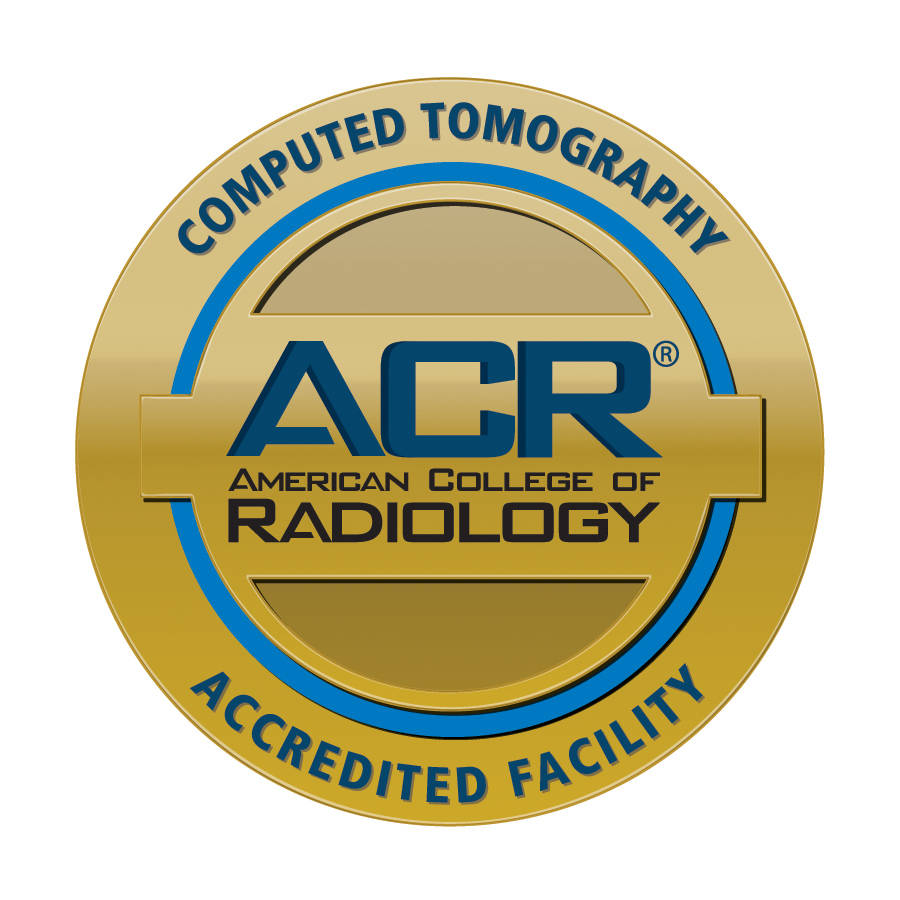In the realm of modern medicine, early detection of diseases is often touted as one of the most crucial factors in successful treatment and improved patient outcomes. Thanks to advances in medical technology, the role of imaging centers has become increasingly pivotal in the early diagnosis of various diseases. In this blog, we will explore the significant role that imaging centers play in identifying health issues at their earliest stages, potentially saving lives and minimizing the impact of disease.
Imaging centers are healthcare facilities equipped with cutting-edge diagnostic tools, such as X-ray machines, magnetic resonance imaging (MRI), computed tomography (CT) scanners, ultrasound devices, and positron emission tomography (PET) scanners. These tools allow medical professionals to peer inside the human body, visualizing its internal structures with great precision.
One of the most widely recognized uses of imaging centers is in the early detection of cancer. Mammograms, for example, are indispensable for breast cancer screening. Early detection through mammography significantly increases the chances of successful treatment, often making the difference between life and death. Similarly, colonoscopies and CT scans are used for the early detection of colorectal cancer, while lung cancer can be identified early through chest X-rays and CT scans. Without the critical services provided by imaging centers, many of these cases would remain undetected until they reach an advanced and potentially untreatable stage.
Imaging centers also play a vital role in identifying neurological disorders. Brain MRIs and CT scans can detect abnormalities like tumors, strokes, and traumatic injuries. Early diagnosis of conditions like Alzheimer's or Parkinson's disease can lead to better management and potential interventions to slow the progression of these debilitating conditions.
Imaging centers are instrumental in assessing cardiovascular health. Echocardiograms and angiography allow for the early detection of heart conditions, such as blockages in arteries and structural defects in the heart. Timely identification of these issues can lead to interventions like angioplasty or bypass surgery, ultimately preventing heart attacks or strokes.
In the realm of orthopedics, imaging centers help in the early diagnosis of musculoskeletal disorders, such as fractures, torn ligaments, and joint problems. X-rays, CT scans, and MRIs are invaluable tools for assessing the extent of damage and planning appropriate treatments. This early detection can expedite recovery and improve the long-term prognosis for patients.
Imaging centers aid in the diagnosis of gastrointestinal and urological conditions. Endoscopy and ultrasound are used to detect issues in the digestive system, like ulcers or tumors, while ultrasound and MRI can identify problems in the kidneys and urinary tract. Early diagnosis in these areas can lead to effective treatments and improved patient outcomes.
Imaging centers also support preventative medicine. For instance, whole-body scans can identify potential issues before they become symptomatic. This proactive approach to healthcare enables patients and their healthcare providers to take action to prevent the progression of diseases.
Connect with us to learn more about how the AV Imaging team can help!

